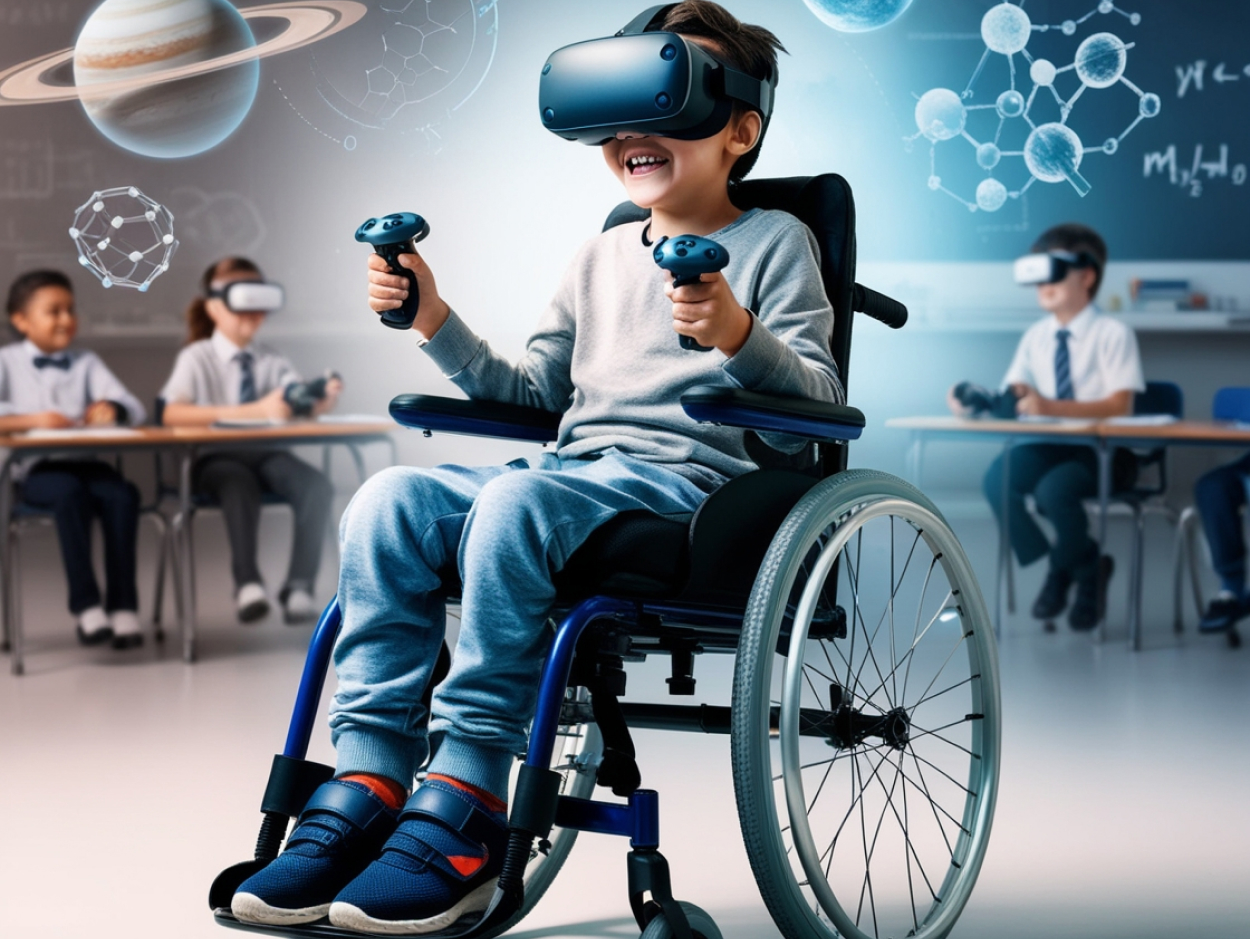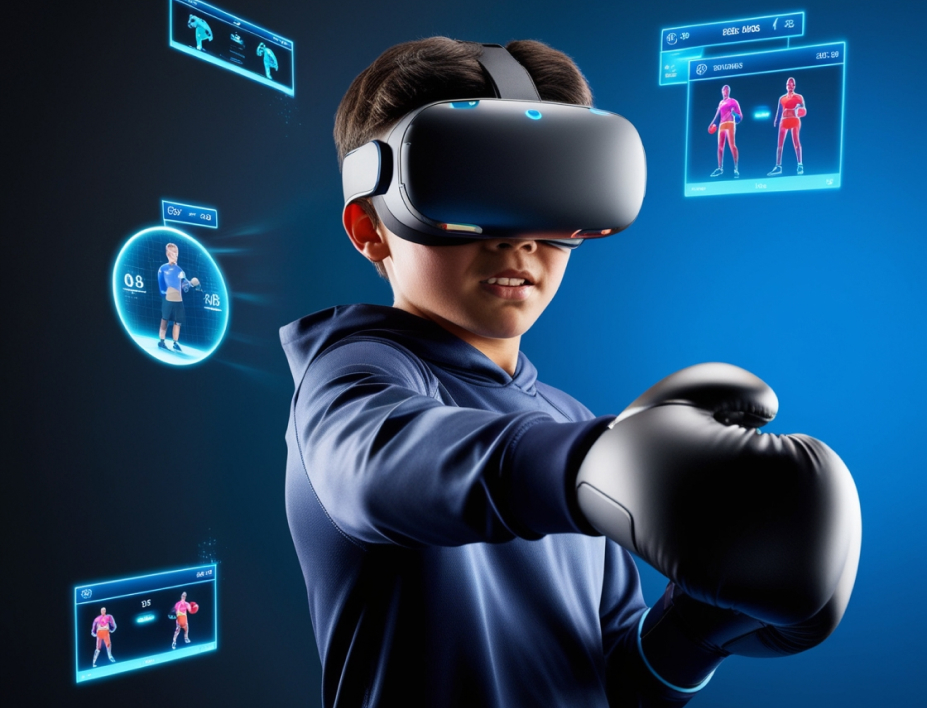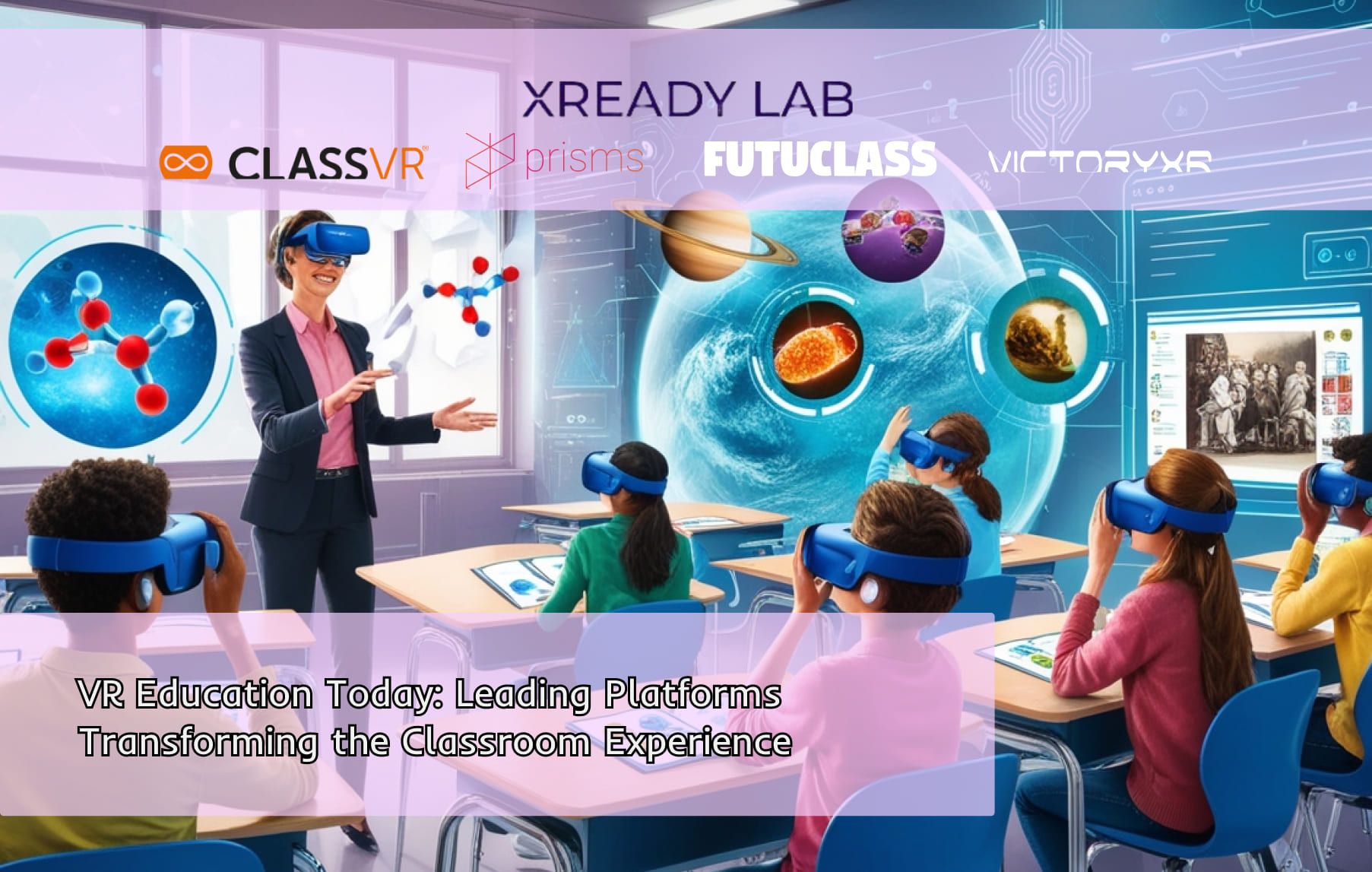
Experience the wonders of biology like never before with our VR plant cell simulation. Dive into the microscopic world and get up close and personal with the intricate details of a plant cell. From the robust cell wall and delicate membrane to the nucleus and various organelles, this plant cell VR tour offers an unprecedented look inside the building blocks of life.
A New Dimension in Biology Education
In traditional classrooms, understanding the complex inner workings of a plant cell can be challenging. Textbooks provide flat images, and even microscopes can't reveal every detail due to limitations in magnification and two-dimensional views. For many students, a cell remains an abstract concept filled with circles, ovals, and lines that are hard to fully grasp.
Our virtual reality in education platform changes that by bringing students directly inside the cell. By immersing themselves in a three-dimensional environment, learners can explore the VR cell structure in a fun and engaging way. This interactive experience makes learning about biology an exciting adventure, transforming abstract concepts into tangible understanding.
Learning Objectives
Our VR biology simulation is designed with specific learning goals in mind:
Discover the Appearance of a Plant Cell from the Inside: Understand the spatial relationships and physical structures of organelles within the cell.
Identify the Organelles Present in a Plant Cell: Learn about the various components such as chloroplasts, mitochondria, vacuoles, and more.
Understand the Functions of Each Organelle: Explore how each part contributes to the cell's overall function and the plant's life.
Assess the Impact of Organelle Malfunctions: Discover which organelle breakdowns are more or less critical for a plant cell's survival.
Curriculum Alignment Across the Globe
Our VR plant cell simulation aligns with major educational curricula, making it a versatile tool for educators worldwide:
Plant Cell Cambridge Curriculum (Science/Biology)
Plant Cell IB (International Baccalaureate, Science/Biology)
Plant Cell National Curriculum in England (Biology)
Plant Cell Indian Curriculum CBSE (Science/Biology)
Plant Cell National Curriculum of the Netherlands (Biology)
Plant Cell Scuola Secondaria in Italia (Biologia)
Plant Cell Next-Generation Science Standards (Life Sciences)
No matter where your students are learning, this simulation supports and enhances their understanding in alignment with their educational standards.
Compatible Equipment
To ensure accessibility, our simulation is compatible with a range of VR headsets:
Meta Quest
Meta Quest 2
Meta Quest Pro
Pico Neo 3
Pico 4
These devices bring the virtual reality classroom to life, allowing students to explore the plant cell in stunning detail.
An Engaging and Interactive Experience
Unlike passive learning methods, our VR simulation engages students through interactive tasks and game mechanics. It's not just a virtual tour but a mission where students are challenged to fix organelles and restore cell function. This approach keeps them motivated and answers the question, "Why do I need to know about the organelles of the cell?"
Topics Covered in the Simulation:
What Does a Plant Cell Look Like?
What Organelles Are Present in a Plant Cell?
What Are the Functions of the Organelles in a Plant Cell?
Which Organelle Breakdowns Are More or Less Critical for a Plant Cell?
By completing these tasks, students develop a deeper understanding of cell biology, enhancing retention and fostering a genuine interest in the subject.
The Story Behind the Simulation
This VR plant cell simulation holds a special place in our hearts at XReady Lab. It was our very first lab, developed over a year as we embarked on our journey to revolutionize VR education. With no prior experience, our team invested countless hours exploring the needs of schools and teachers. Though it was a lengthy process, the result was worth it.
https://youtu.be/Wf4xKMAr72I
Today, this simulation is one of the most popular in our VR biology package. It's a testament to our commitment to creating high-quality, engaging educational tools that resonate with students and educators alike. The plant cell is a fundamental topic in biology, useful in various years of education and across different curricula worldwide.
Bridging the Gap Between Theory and Reality
[caption id="" align="alignnone" width="1472"] XReady Lab VR education: VR Plant Cell laboratory[/caption]
For many students, cells are intangible and difficult to visualize. Even with microscopes, the image is flat and lacks the depth needed to fully comprehend the cell's complexity. Our virtual reality learning platform bridges this gap by providing a three-dimensional, immersive experience.
Teachers often face the challenge of helping students develop a three-dimensional understanding of cell structures. Misconceptions arise when children perceive organelles like the Golgi apparatus as mere shapes on a page. Our simulation addresses this by allowing students to explore the cell's architecture firsthand.
Benefits of Virtual Reality in Education
Enhanced Engagement: Immersive environments capture students' attention, making learning more enjoyable.
Interactive Classroom Activities: Students actively participate, improving understanding and retention.
Realistic Visualization: Complex structures are presented in a tangible way, aiding comprehension.
Curriculum Alignment: Supports various educational standards, making integration seamless.
Accessible Technology: Compatible with popular VR headsets used in schools and homes.
Join the Future of Learning
We invite educators and students to experience this innovative approach to learning biology. By incorporating our VR plant cell simulation into your curriculum, you can transform your classroom into an interactive classroom where students are excited to learn.
👉 Request a Free VR Demo Today!
Explore the fascinating world of cells and see firsthand how virtual reality can enhance education.
Conclusion
The study of plant cells is a fundamental part of biology education, yet it often remains abstract and challenging for students. Our VR plant cell simulation brings this topic to life, offering an engaging and immersive experience that enhances understanding and fosters a love for science.
By leveraging the power of virtual reality in education, we bridge the gap between theoretical knowledge and practical understanding. Whether you're following the plant cell IB curriculum, the plant cell Cambridge curriculum, or any other educational standard, this tool enriches the learning experience.
Join us in embracing the future of education with virtual reality. Let's make learning an exciting adventure!










